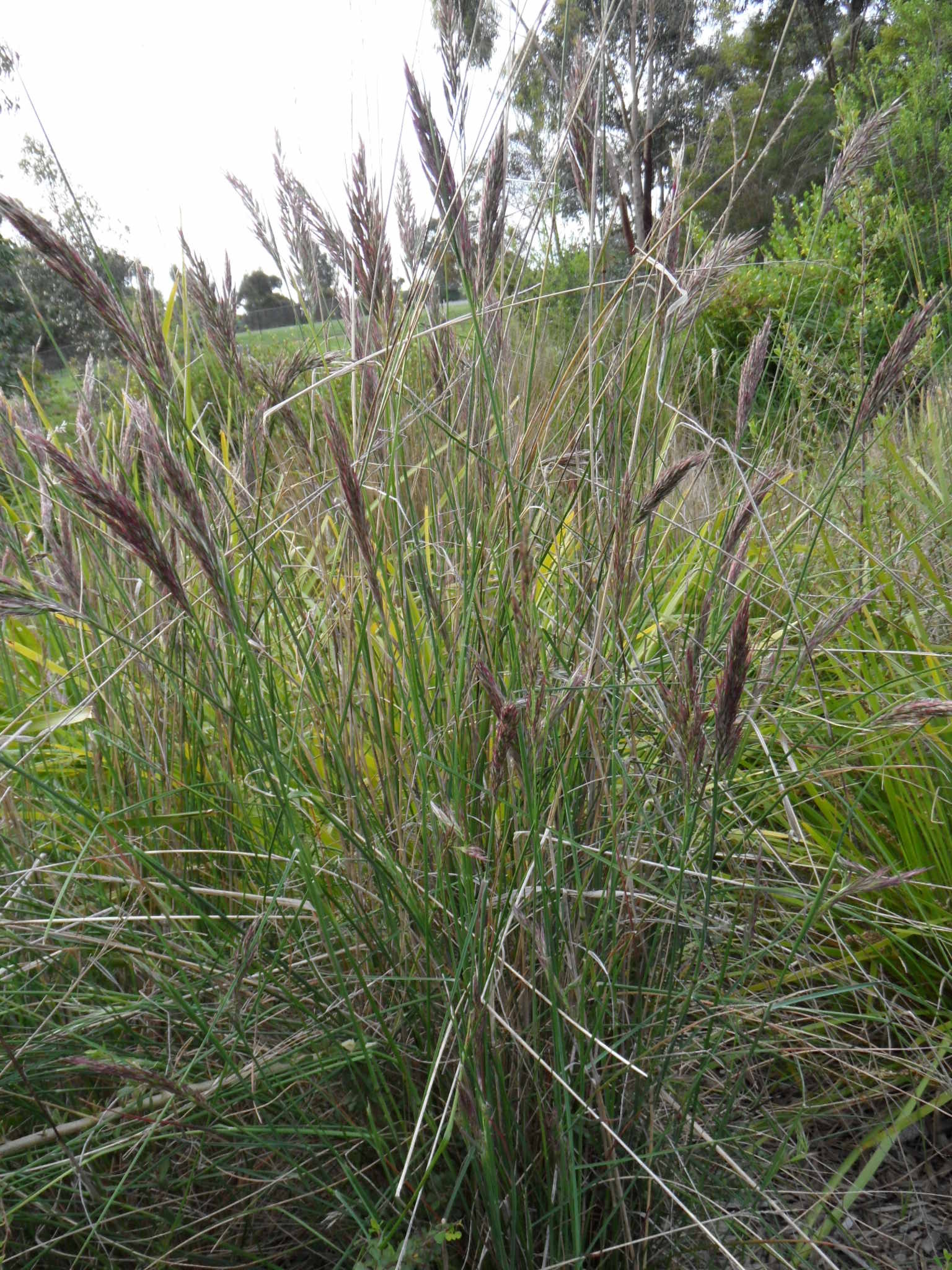
Fine-leafed, perennial species to 1 m tall. Leaf folded in bud. Leaf blade narrow, usually flat but needle-like, smooth to hairy, rough on the lower surface and edges; sheath not flattened, not keeled, usually pilose-pubescent. Inflorescence an open panicle. Spikelets single. Lemma with hair of variable length in a row of hair tufts across the back, and the lateral lobes extending into bristles.
Western Australia, South Australia, New South Wasles, Victoria, Tasmania
Good pasture grass. A. caespitosa has turf potential for rough turf. Other occasionally cultivated species include: A. duttoniana, A. racemosa and A. setacea. The former Danthonia linkii var. linkii is now A. bipartita, and D. linkii var. fulva now A. fulva. The alpine/sub-alpine species D. nivicola and D. nudiflora are now placed in Rytidosperma.
Source: (2005). Poaceae. In: . Horticultural Flora of South-eastern Australia. Volume 5. Flowering plants. Monocotyledons. The identification of garden and cultivated plants. University of New South Wales Press. (as Austrodanthonia caespitosa)
